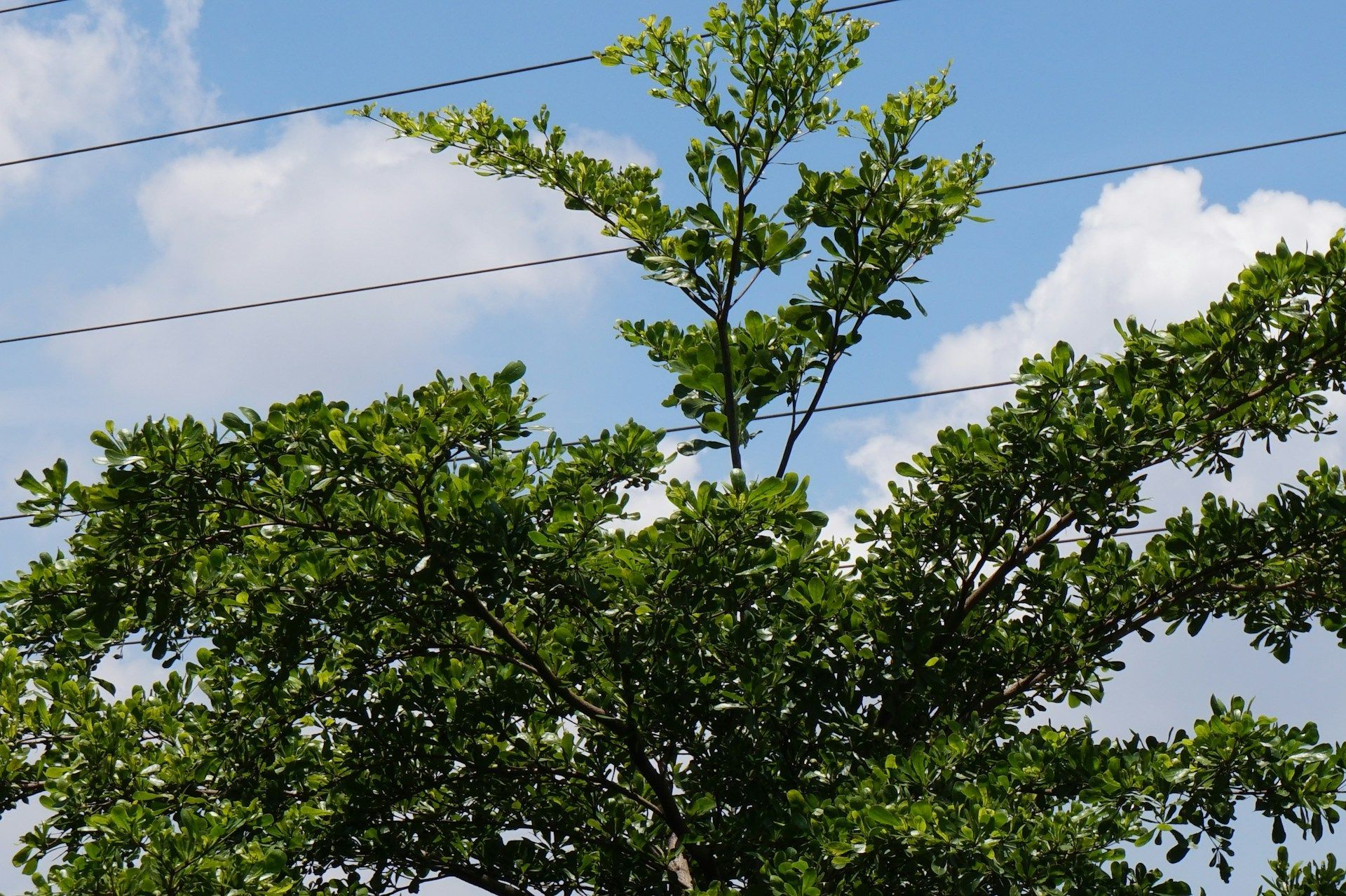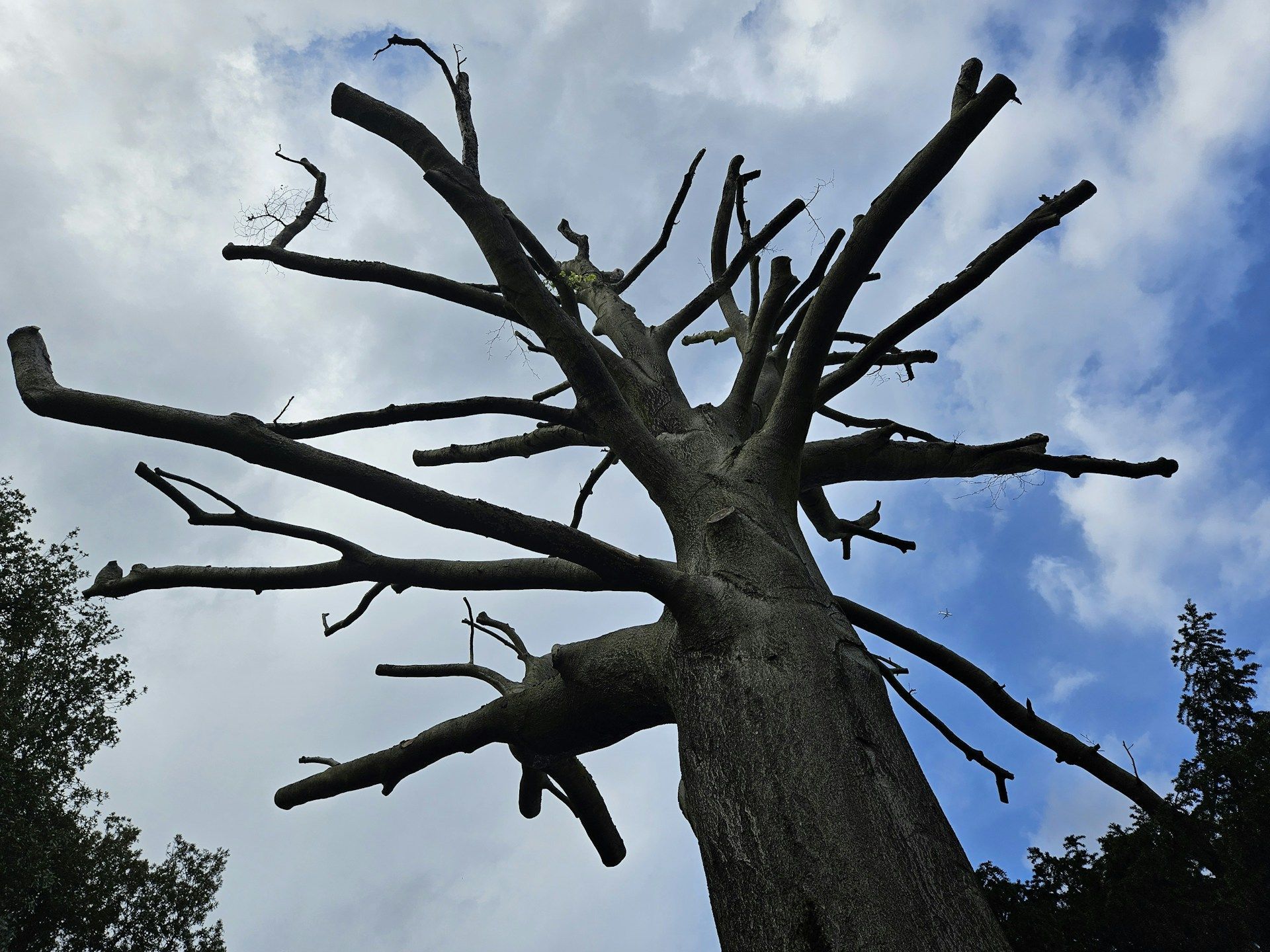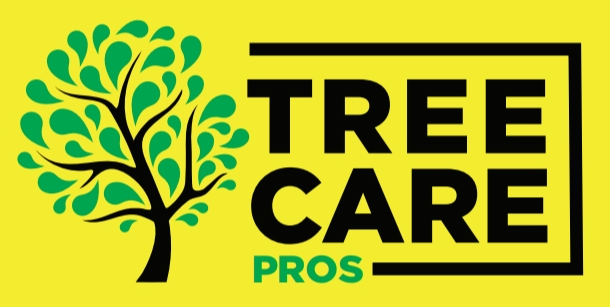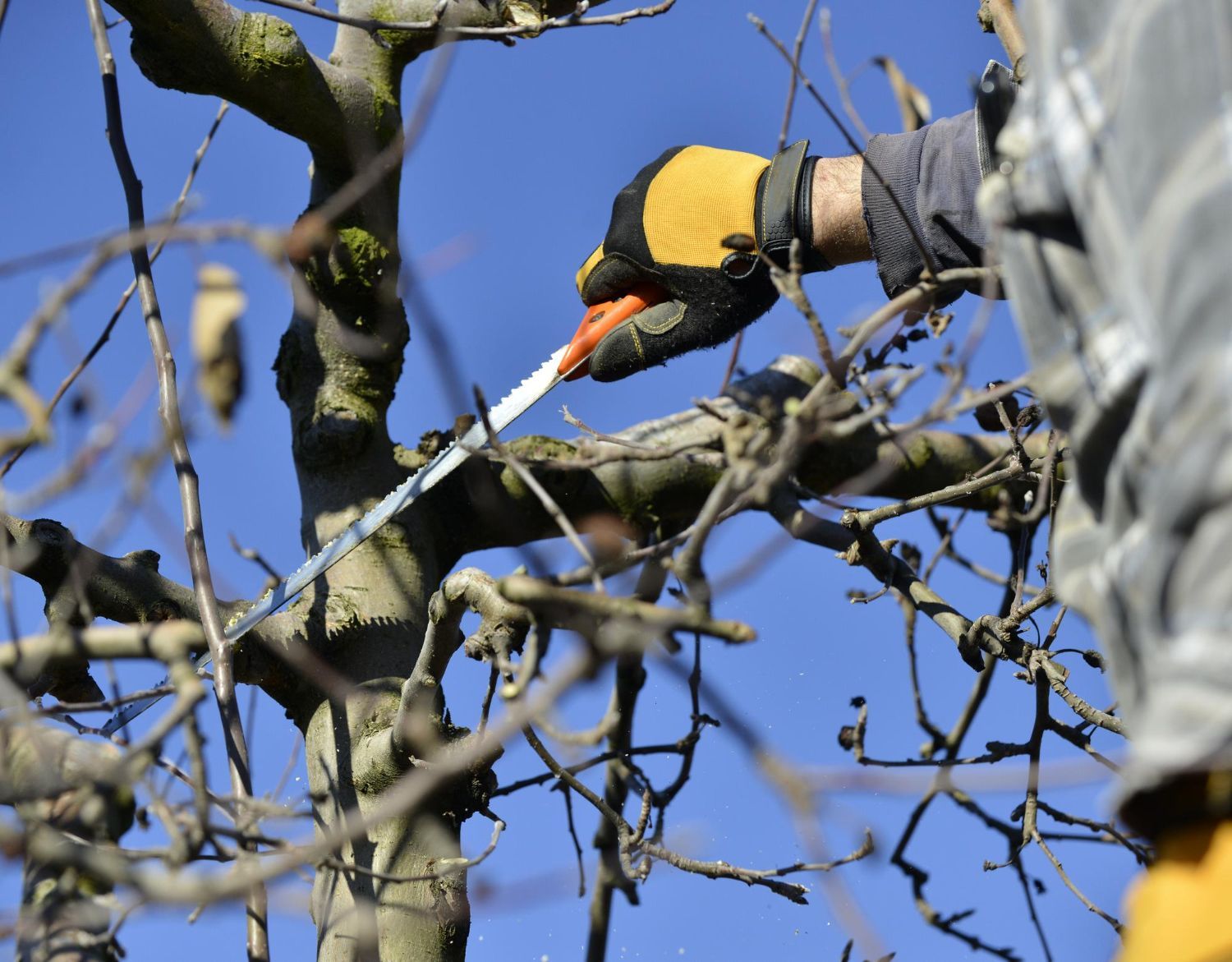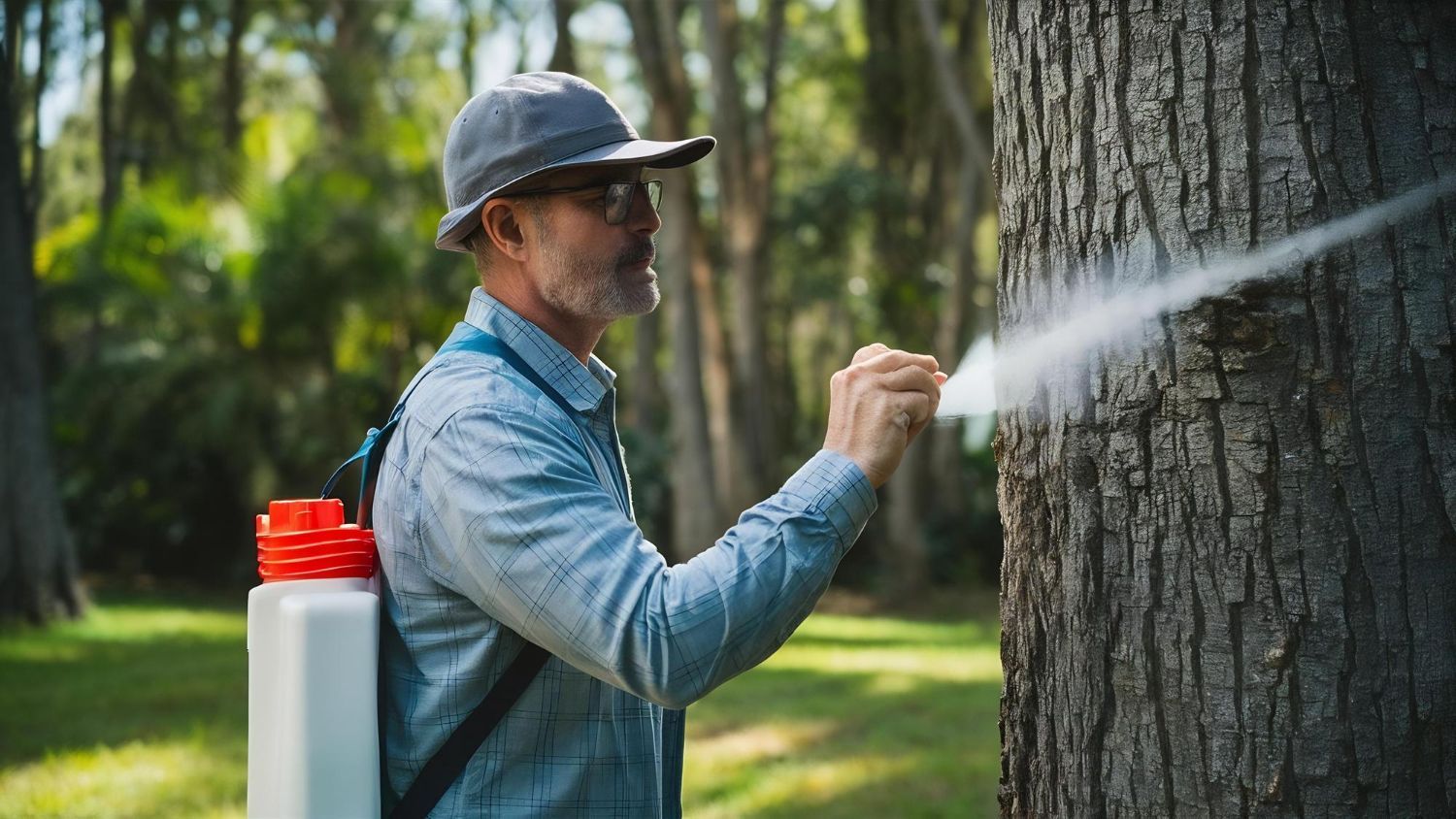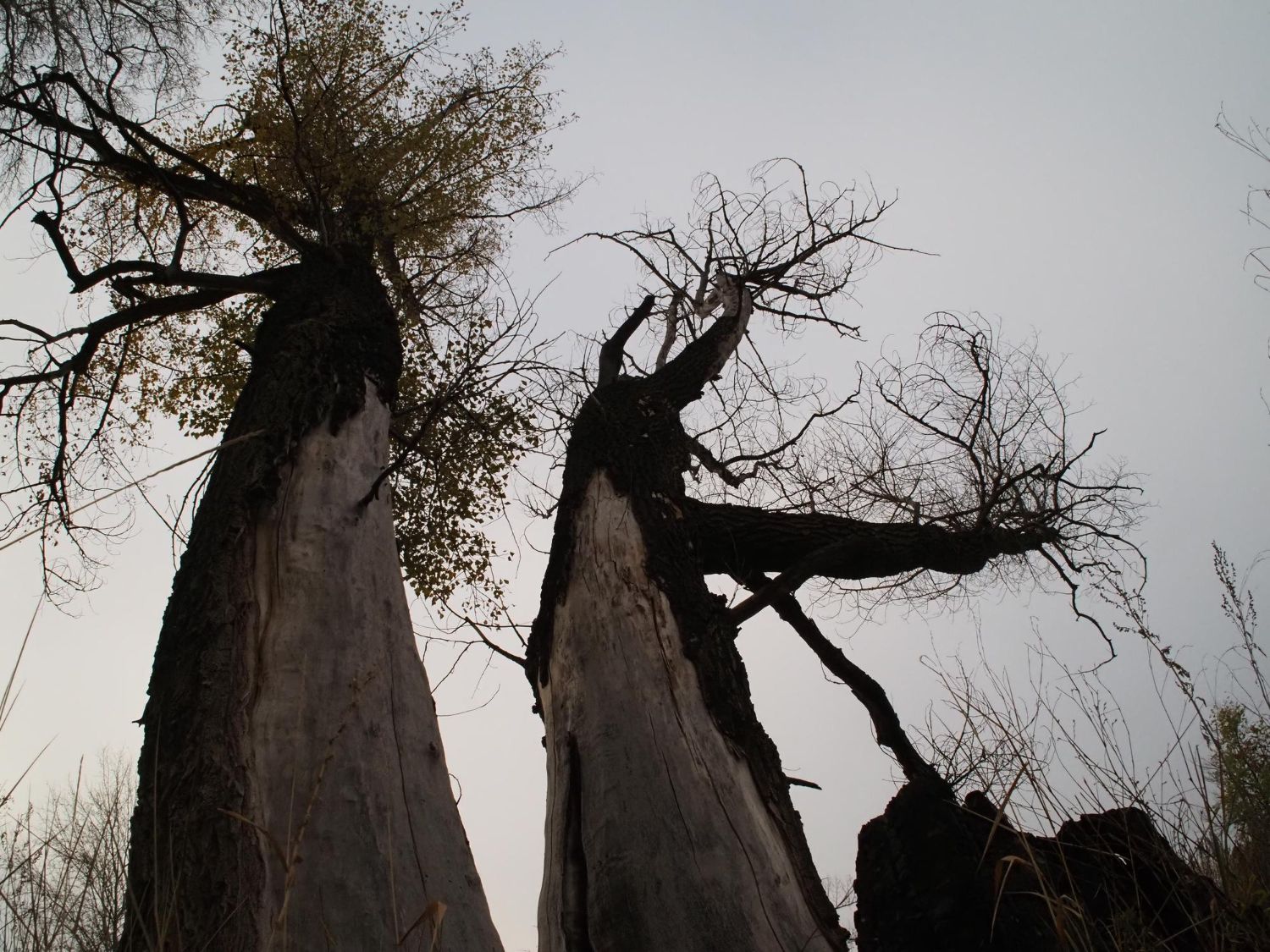How to Choose the Right Tree Removal Service
Finding the right tree removal service can feel overwhelming. There are many factors to consider to ensure you hire a reliable and skilled team. Tree removal is a dangerous job that requires expertise and the proper equipment. Making the wrong choice can result in damage to your property or even personal injury.
Before you choose a tree removal service, it's important to do some homework. Start by looking into the company’s certification and insurance. This ensures they are qualified and prepared for the job. Next, consider their experience and expertise. An experienced team will handle complicated jobs more effectively and safely.
Customer feedback can offer valuable insights. Reviews and references from previous clients can tell you a lot about a company's reliability and quality of work. Additionally, comparing quotes and services can help you find the best deal without compromising on quality. Taking these steps will help you choose a tree removal service you can trust, ensuring your project is completed safely and efficiently.
Check for Proper Certification and Insurance
One of the most important steps in choosing a tree removal service is checking for proper certification and insurance. Certification ensures that the company meets industry standards and has the necessary expertise to handle tree removal safely. Look for certifications from reputable organizations like the International Society of Arboriculture (ISA) or the Tree Care Industry Association (TCIA). These certifications indicate that the company employs trained professionals who understand the complexities of tree care and removal.
Insurance is equally crucial. A tree removal company should have both liability insurance and worker’s compensation insurance. Liability insurance covers any damage that might occur to your property during the tree removal process. Worker’s compensation insurance protects you from liability if a worker gets injured while working on your property. Always ask to see proof of insurance and verify its validity before hiring a service. This step protects you from potential legal and financial risks.
By ensuring that the tree removal service has proper certification and insurance, you can have peace of mind knowing that you are hiring qualified professionals who are prepared for any situation. This due diligence helps safeguard your property and your interests.
Evaluate Their Experience and Expertise
Experience and expertise are key factors to consider when choosing a tree removal service. A company with years of experience is likely to have encountered a wide range of tree removal scenarios, from straightforward cuts to complex, high-risk removals. Ask the company how long they have been in business and what types of projects they have handled in the past. An experienced team can better assess potential challenges and devise effective strategies to address them.
In addition to general experience, evaluate their expertise in specific areas. For example, do they have experience with large tree removals, stump grinding, or emergency tree services? Specialized skills can be critical, especially if your tree removal project is complex or involves unique challenges. Ask about the training and qualifications of their team members to ensure they have the skills needed for your specific job.
You can also inquire if they have handled projects similar to yours. A company that has experience in situations like yours will be more adept at efficiently and safely executing the work. Their expertise will minimize risks and ensure that the job is done right the first time.
Choosing a tree removal service with the right experience and expertise ensures that your project is managed professionally, reducing the risk of errors and improving safety.
Review Customer Feedback and References
Checking customer feedback and references can give you a good idea of what to expect from a tree removal service. Start by looking for online reviews on sites like Google and Yelp. Pay attention to both positive and negative reviews. Look for patterns in the feedback. Are there recurring complaints about punctuality, safety, or quality of work? Consistent positive comments can also highlight the company’s strengths.
After reading online reviews, ask the tree removal service for references. A reputable company should be willing to provide contact information for past clients. Reach out to these references and ask about their experiences. Were they satisfied with the service? Did the company communicate well and complete the job on time? Would they hire the company again?
Feedback and references help you get a more comprehensive view of the company’s performance. This helps you make an informed decision, so you can hire a service that meets your needs and expectations.
Compare Quotes and Services Offered
Comparing quotes and services is an essential step in choosing the right tree removal service. Start by getting quotes from several different companies. Make sure each quote includes a detailed breakdown of costs. This helps you understand what you’re paying for and ensures there are no hidden fees.
When comparing quotes, don’t just look at the price. Consider the scope of services offered. Some companies might include additional services like stump grinding, tree trimming, or debris removal in their quotes. Others might charge extra for these services. Make sure you know what each quote covers so you can make a fair comparison.
Additionally, ask about the company’s approach to safety and cleanup. Do they follow industry best practices? Will they remove all debris from your property after the job is done? These details can make a big difference in your overall satisfaction with the service.
By carefully comparing quotes and services, you can find a tree removal company that offers good value for your money. This ensures you get the services you need at a price you can afford.
Conclusion
Choosing the right tree removal service is essential for ensuring the job is done safely and effectively. Start by checking for proper certification and insurance to protect yourself and your property. Next, evaluate the company’s experience and expertise to ensure they have the necessary skills to handle your specific needs. Reviewing customer feedback and references gives you insights into their reliability and quality of work. Finally, comparing quotes and services helps you find a tree removal service that offers the best value for your money.
Taking these steps helps you make an informed decision and choose a tree removal service you can trust. It’s important to prioritize safety, quality, and value when making your choice. This ensures that your tree removal project is completed smoothly and without any unexpected issues.
If you need professional
tree removal services, contact Barrie Tree Care Pros. Our experienced team is here to help with all your tree care needs. Reach out to us today for reliable and affordable service!

